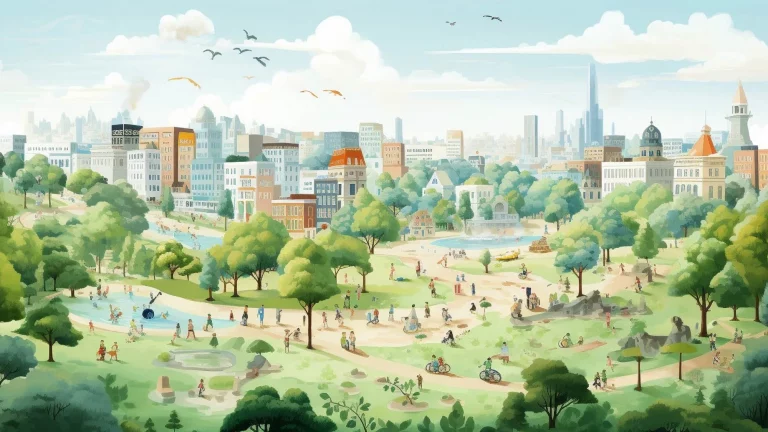Designing for deterioration
“I have a US$20 cast iron skillet that I bought several years ago from a restaurant supply shop in downtown Manhattan. I’ve cooked hundreds of meals with it, and over time it has developed a coating from oil and food — the manufacturers call it ‘seasoning.’ It’s a little unbecoming when you think about it… but it’s also a beautiful piece of design.
After cooking in it and cleaning it up, I’ve spent a lot of time just looking it over, marveling at how its very deterioration has been incorporated into the design of the object, at how it’s gotten more attractive — less ignorant — the more I use it.”
Johnson takes this idea a bit forward:
“One thing technology manufacturers don’t do is design for deterioration. Of course, that’s not the same as obsolescence; it’s simply the concept that you can improve an item through wear and tear. With clothes and many other objects, we appreciate the value of aging. Leather, for example, is one material that gains character as it gets older. Denim too: hence the prevalence of pre-faded jeans on the high street these days.
Partly this must be because technology is increasingly seen as disposable – but then so are clothes, or kitchen utensils. But given the high cost of many electronics, there must be an intrinsic value to a design which improves with age (even if it runs contrary to the “Newer! Bigger! Faster!” mantra of the industry) – especially when we’re becoming hyper-aware of excess consumption.
I’d love to see computers and gadgets being built out of materials that can age properly: woods, fabrics and such like. Once you’re doing that, perhaps you could start messing with the form too. Why does my computer tower need to be a box? In fact, why does it need to be a tower at all? Couldn’t it look like a piece of art, sculpture or perform another function? What are the possibilities?”




